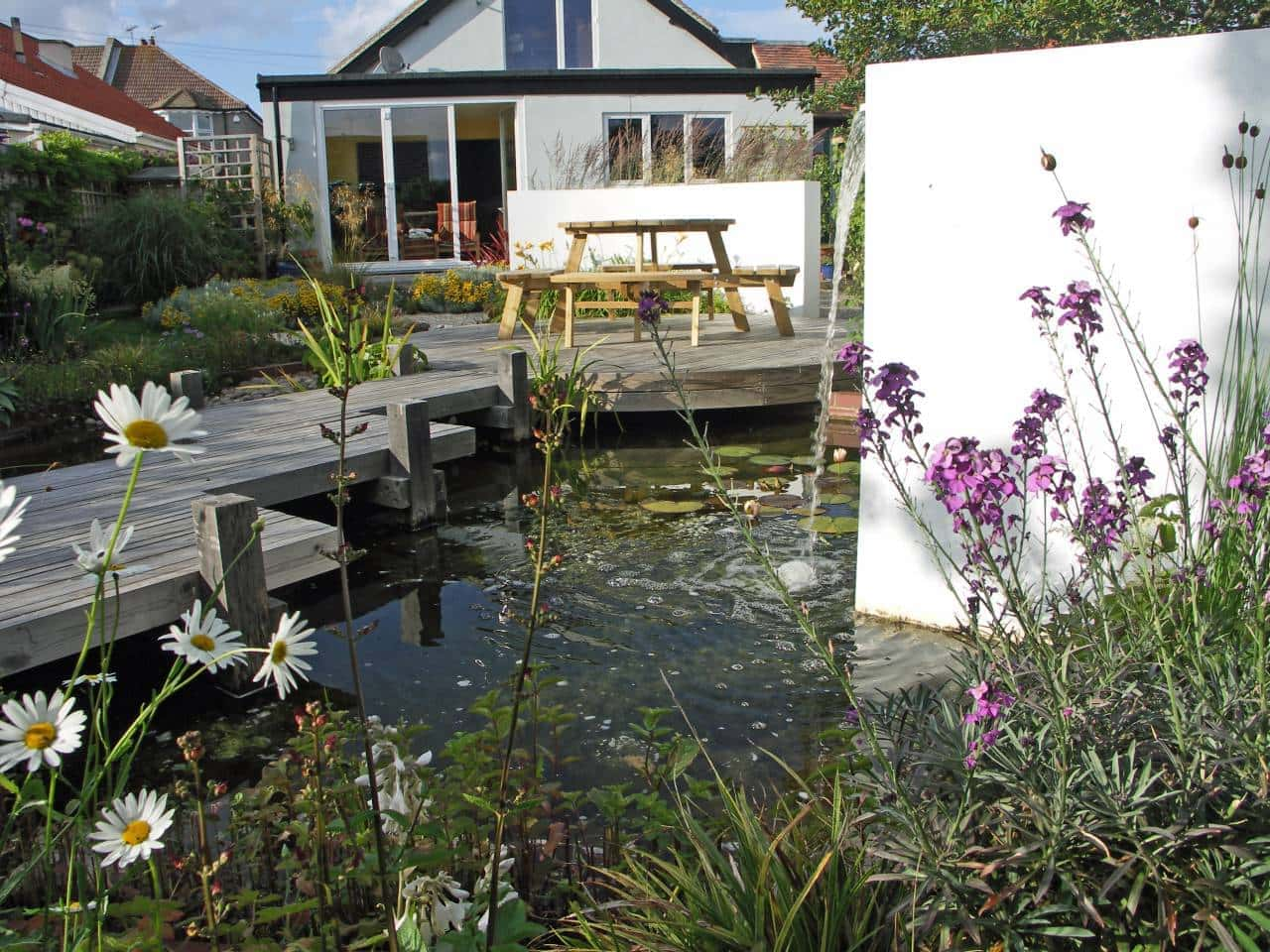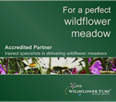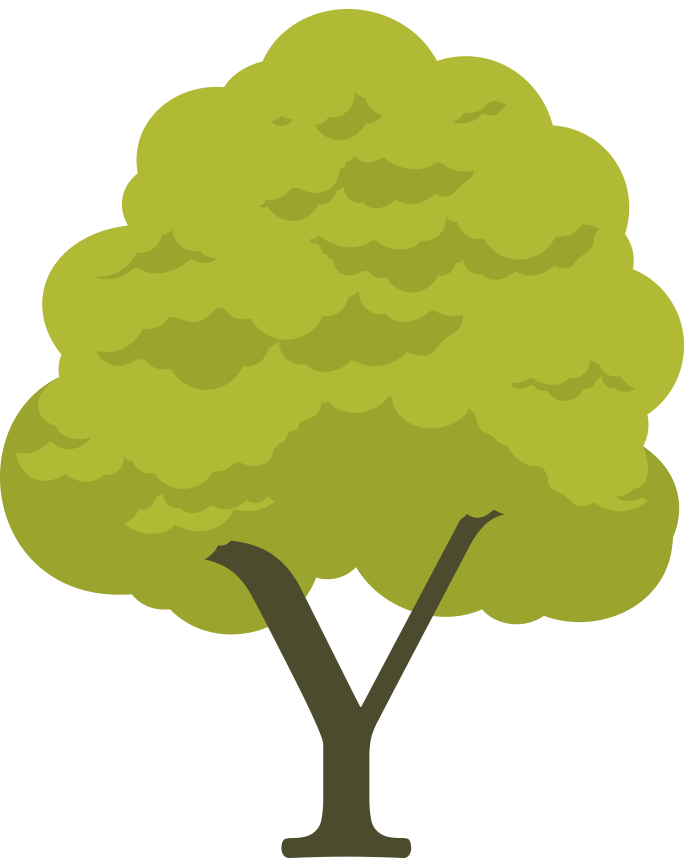
Wildlife gardens: Blending nature with structure in garden design
10 December 2021
A wildlife garden need not be a “wild garden”, one that is let loose without control or boundary. Blending nature with a formal garden design and build can be just as effective in encouraging butterflies, bees and hedgehogs.
Haywood Landscapes have designed and realised gardens across Kent that combine wildflowers, trees, grasses and ponds with more formal soft and hard landscaping, timber fencing, seating and pathways.

Going wild in your garden design
Creating a garden that works for both wildlife and humans means combining biodiversity, attraction and seasonal interest with a productive and useful space. A combination of planting, natural materials, timber, shingle and stone can work wonders in enticing wildlife visitors whilst still being manageable and functional for the garden’s human owners.

A wildlife corridor for butterflies, bees and small mammals.
Access to all areas for wildlife: That means ground cover and shelter for our furry friends, floral interest for butterflies and bees, water features for newts, frogs and toads.
Swathes of grasses provide shelter for safe transit through the garden. Trees and hedgerows provide natural resting and nesting opportunities for mammals and birds as well as berries for food and blossom for pollination.
Specially grown wildflower turf can create an impressive floral carpet in super-quick time, encouraging bird, bee and butterfly activity at the earliest opportunity.

A garden design and build contractor might also suggest including bug walls, birdboxes, insect hotels and ponds around your wildlife garden. Their expertise here is in knowing how best to tackle placement, design and product choice. These elements need to provide a safe haven for their inhabitants as well as allowing sneak peeks from homeowners!

A blend of natural garden and outdoor living
A formal lawn can give way to a wildflower meadow, ticking both biodiversity for wildlife and human boxes for play, entertaining and some well-deserved R&R.
Stabilised or self-binding gravel pathways provide direction, purpose and durability as you walk through and enjoy your garden, without losing that natural effect.
Clever use of climbers can create an attractive backdrop and cover to entice bugs whilst dressing fence work or garden structures.
Trees and hedging can provide boundary, height impact and shelter for entertaining space and safe play.

Lighting and water for natural habitats
Consider lighting options so that you can also enjoy your garden at dusk and beyond as well as nocturnal visitors when you return indoors.
The perfect pond for frogs, toads and newts should consider amphibious access – bridges, hopping points and hiding places – as well as drainage, shelving, position and surrounding plant choice.

Managing a formal wildlife garden
Stay true to your brief when discussing with your garden designer and agreeing the wildlife garden design and build. If you are looking for easy access and low maintenance areas, your garden specialist will be able to factor this in alongside your wildlife wishes.
Haywood Landscapes Wildlife Garden Design and Build
Haywood Landscapes have designed and built a number of wildlife-friendly gardens across Kent and the South East, both formal and informal. You can follow the story of two of these here:
https://www.haywood-landscapes.co.uk/gardens/contemporary-garden-for-wildlife
https://www.haywood-landscapes.co.uk/gardens/stylish-wilding-of-a-new-build
Get in touch with Haywood Landscapes today by contacting us here, to discuss your next wildlife garden project across Kent and the South East.





